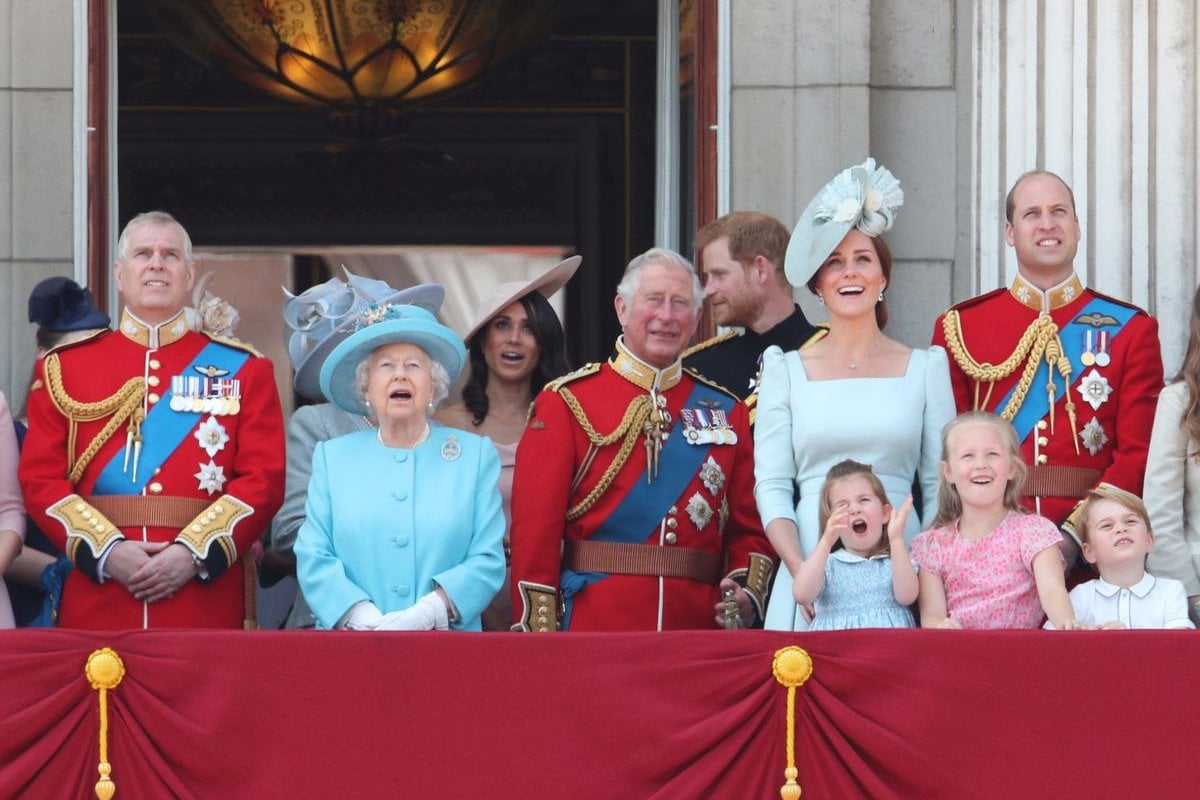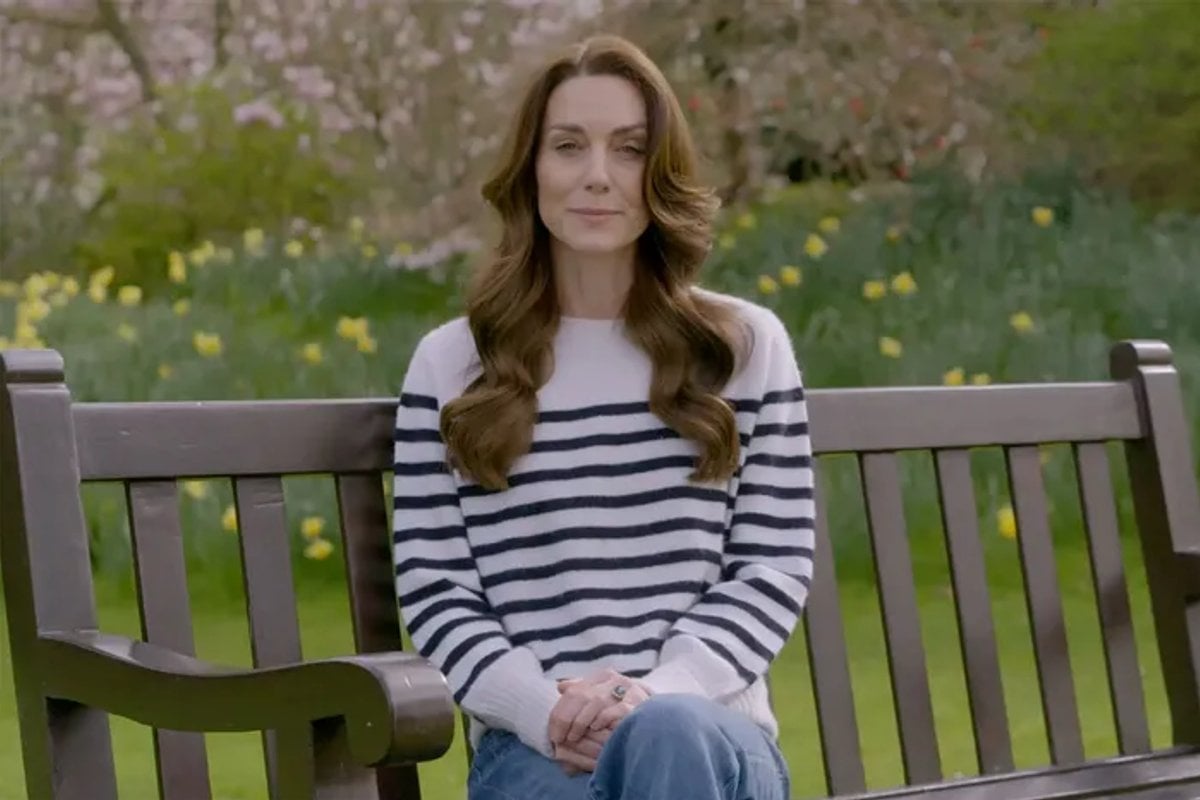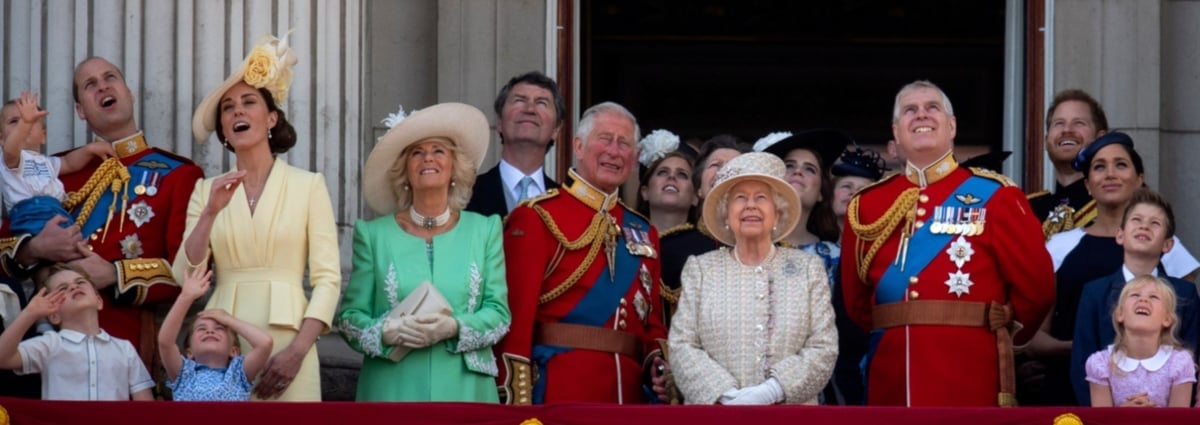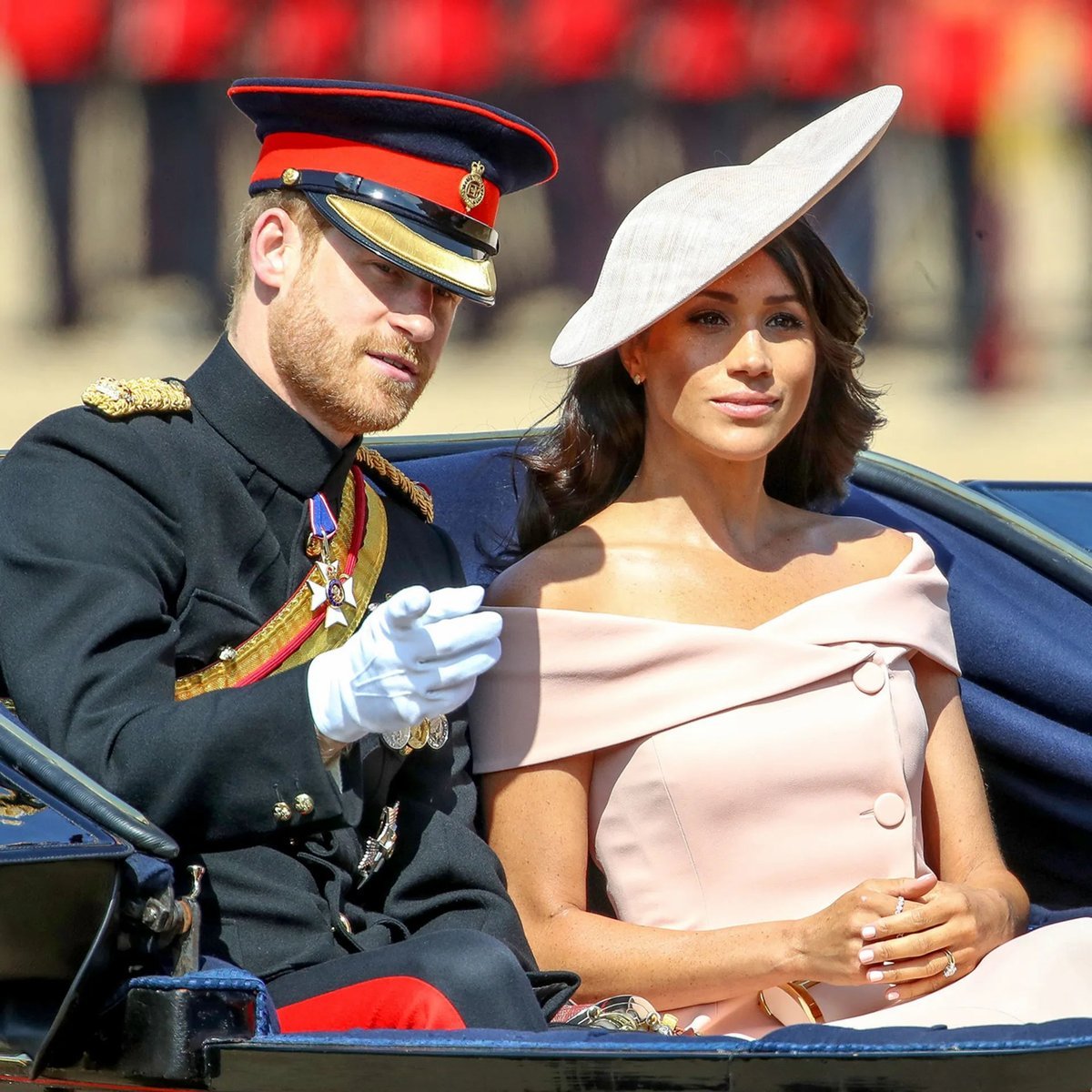
In the past week, news on Princess Catherine has been bittersweet; in the space of a few days we received a rare update from a credible royal source that Kate has "turned a corner" in her cancer battle, while the Palace has confirmed she will not be in attendance at the dress-rehearsal for this year’s Trooping the Colour parade on June 14.
In the midst of his own cancer treatment, it has been announced that King Charles III will participate in the parade, though he will travel inside a carriage, rather than on horseback, which is tradition. Last year — the first since his coronation — Charles appeared atop his steed, Noble, for the parade from Buckingham Palace, marking the first time in 35 years that a monarch had completed the trip atop a horse (though Queen Elizabeth, in her younger days, used to ride side-saddle dressed in the official colours of the celebration).
 A recent photo of King Charles III shared by The Palace amid his cancer diagnosis. Image: Getty.
A recent photo of King Charles III shared by The Palace amid his cancer diagnosis. Image: Getty.




Top Comments